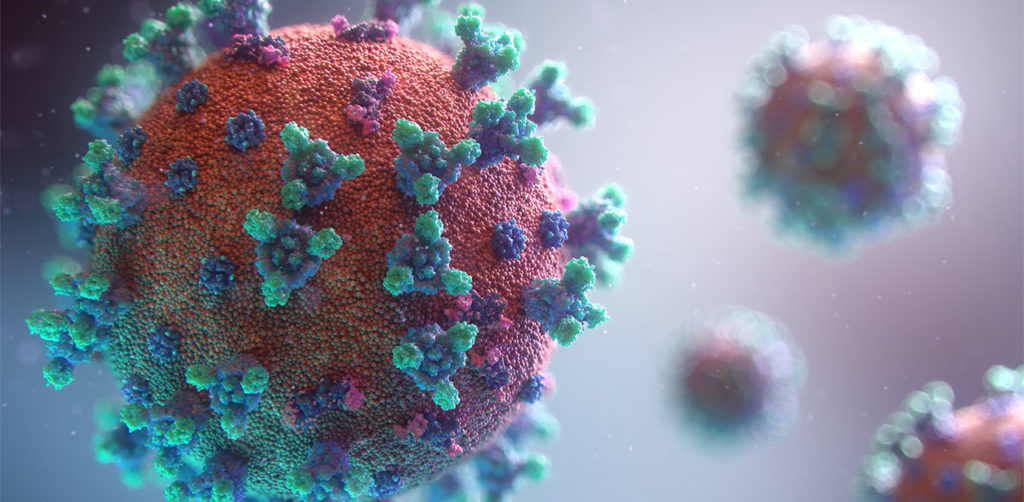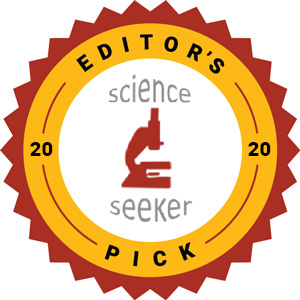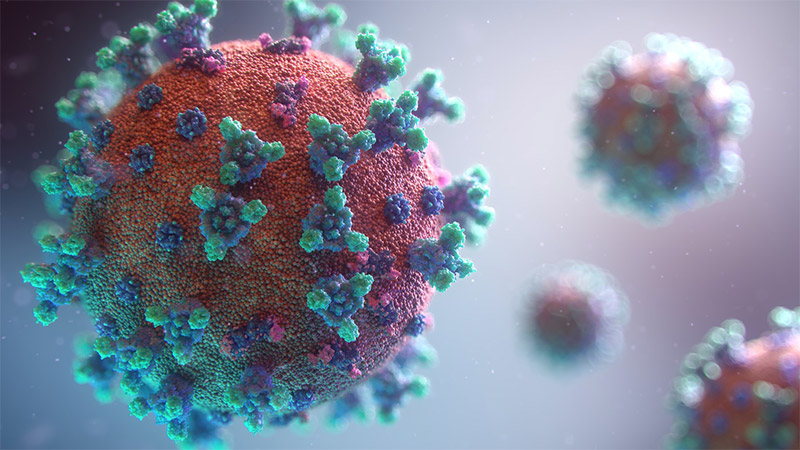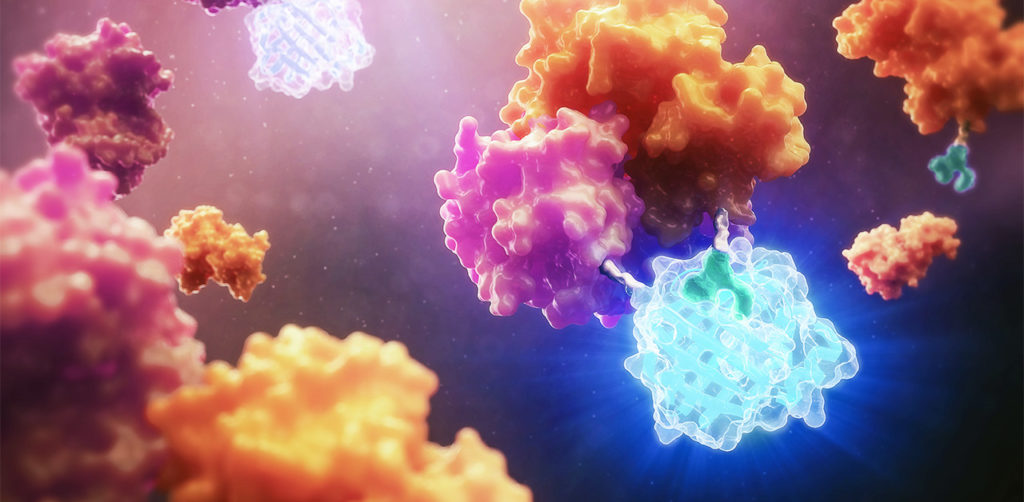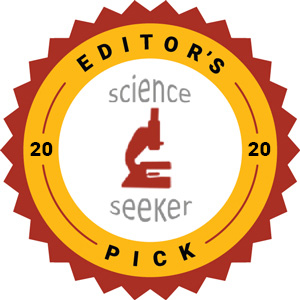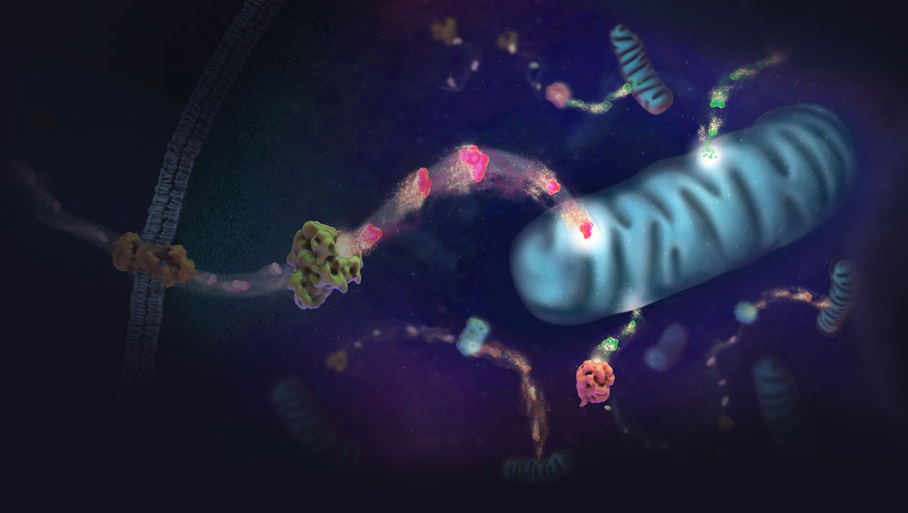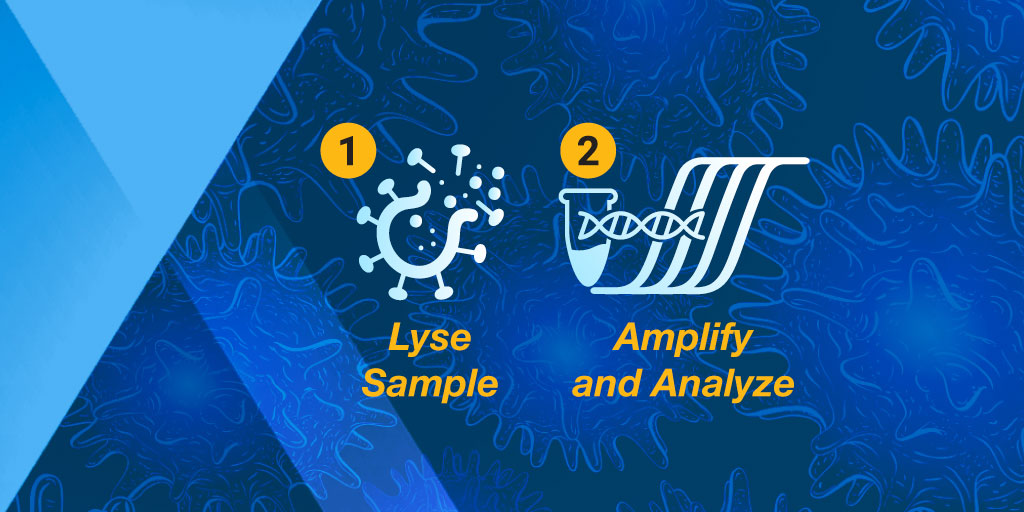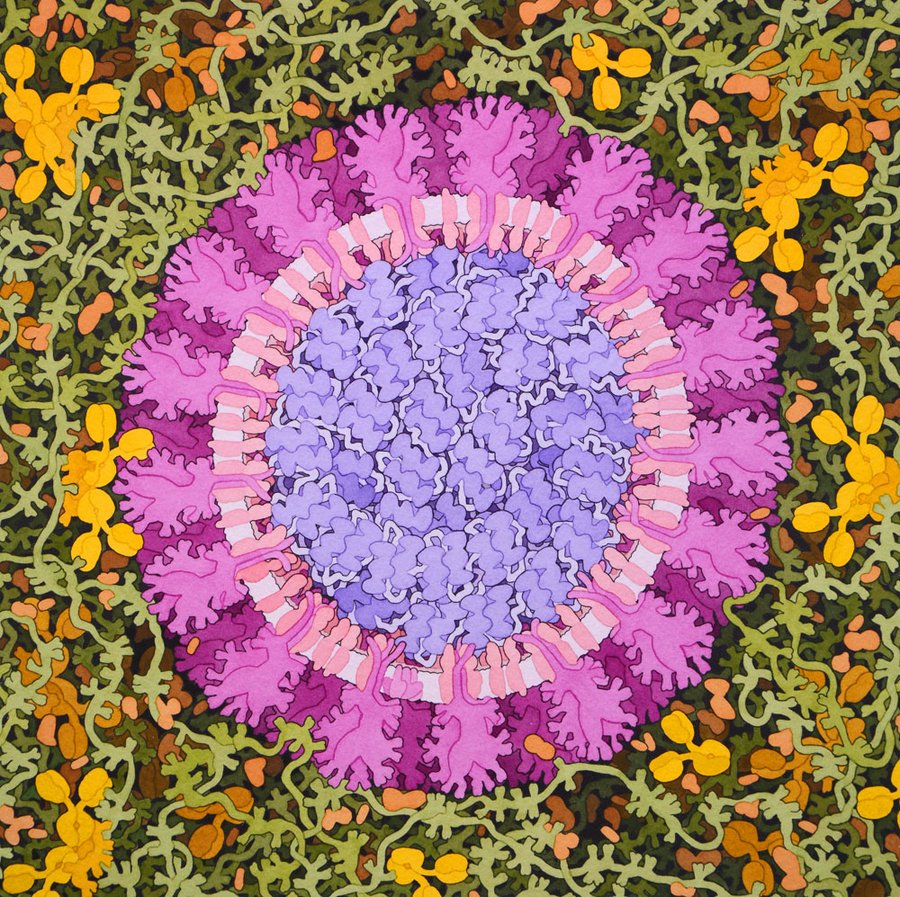
Since the COVID-19 pandemic swept the world in early 2020, many scientists in the viral research community have shifted their focus to study the SARS-CoV-2 coronavirus. Dr. Colleen Jonsson is one of them. She’s the Director of the Regional Biocontainment Laboratory, and Director of the Institute for the Study of Host-Pathogen Systems at the University of Tennessee Health Science Center (UTHSC) in Memphis.
Dr. Jonsson has been studying highly pathogenic human viruses for more than three decades. She has led several cross-institutional projects using high-throughput screens to discover small molecule antiviral compounds that could be used as therapeutics. And now, she’s using that experience to find an antiviral therapeutic against SARS-CoV-2.
Continue reading “Finding a Cure for COVID-19: Spotlight on Virologist Dr. Colleen Jonsson”